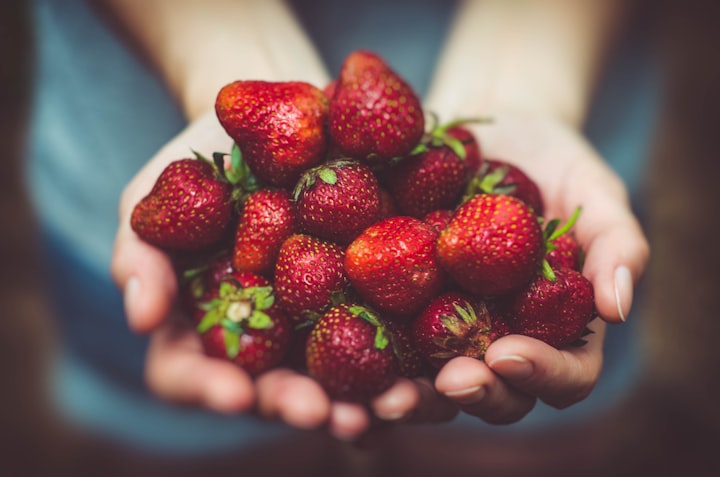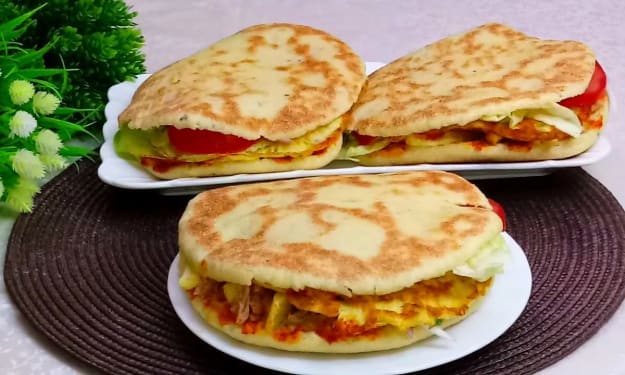What’s the Deal With Cereal? Is Cereal Really Cancer Causing?
It's your job to be an educated consumer.

Tory Burch once wrote that “I like being straightforward. We can deal with anything as long as it’s on the table.” And I’d have to agree, yet (in my personal experiences) when it comes to food, things are swept under the rug left to be unseen.
From food labels that are wrongly miscalculated to the ingredients being switched on the foods you eat, I’ve contacted MANY companies in the last few years. The reaction to my e-mails have varied, as some companies do apologize (as they didn’t realize) while others choose not to answer (shame on them!).
It’s Upsetting and There’s Nothing We Can Do About It, BUT…
You can make the best decision for your health.
It’s YOUR JOB to be an educated consumer because oftentimes things aren’t put out there in the open, and these little miscalculations and mistakes could detriment your health.
So on that note… Did you see the latest article about cereal being cancer causing? If not, I’ve summarized the findings below with my sources.
Cereal: Is It Cancer Causing?
So a few months ago, I wrote a piece about a recent finding about cereal. In the studies, they found that there were traces of glycophosphate (FOUND IN ROUNDUP) in cereal. For those who are not familiar with this, this particular substance has been linked to cancer and according to Bloomberg, “pollutes water sources, hangs around in soil far longer than previously suspected, and routinely taints human food supplies.” Essentially, it’s not conducive to health.
Since I last wrote on this topic, however, there have been many more studies done to determine whether cereal is indeed cancer causing. What caught my eye with this report. It suggests that:
“The two highest levels of glyphosate were detected in Honey Nut Cheerios Medley Crunch and Cheerios, at 833 parts per billion and 729 parts per billion, respectively, the group said. It considers anything over 160 parts per billion to be unsafe for children.”
Just reading this statistic, you can see that there is quite a bit more glyophosphate than this organization believed to be safe. Yet, look into the guidelines of the Environmental Protection Agency and you will find that the amount which is safe is 0.1 to 310 parts per million, rather than per billion.
Meaning that this is becoming a controversial topic which is based on different opinions of what is and isn’t safe. Both of these organizations agree on the amount of glycophosphate that they deem is safe.
So, essentially it’s UP TO YOU to know this and to decide what is best.
But You May Ask… What’s My Opinion?
In my personal opinion, I think it’s important to reduce the amount of glycophosphate that you consume. If you think of it in regards to daily calorie needs, that 1,500 calorie that works for you may not be enough for “her.”
Meaning, an amount that may not be harmful for someone may be harmful for you.
So What Are Your Options to Reduce Your Exposure?
#1: Choose Organic
There are so many organic cereals and organic foods that you can eat to ELIMINATE your exposure.

Here are a few below along with a few notes!
- IWON Organics: Recently tried this brand. It’s a good option for many as it’s organic and relatively higher in protein than many other brands.
- Kashi : While only some are completely organic, there are many that are certified transitional. (Read here for what that means!)
- 365 Everyday Value
- Barbara’s Bakery
#2: Grow Your Own Veggies/Fruits

During the summer, I oftentimes grow my own fruits and veggies. I throw the peels from bananas, the rind from watermelon, and coffee beans into organic soil and then use that soil for growing my own. (It’s a trick I’ve learned from my grandpa and one that I hope you follow too!)
#3: Use an Alternative to Round Up
Although it’s easy to buy a bottle of Round Up to make your lawn nice and pretty, I’ve found an easy solution that works.
All you need to mix is 1 TBSP DAWN dish soap, 1 gallon of vinegar, and 1 cup of kosher salt. Buy a spray bottle (you can use this one) from your local Walmart (or Amazon) and fill it with the mix. Spray your weeds on the hottest, sunniest days and reapply as needed.
You Can Save This:

#4: Wash Well

Without a lab in my kitchen😂, I can’t tell you without guarantee that this works, but I ALWAYS make sure to wash my veggies with water and vinegar. I do believe that it makes a difference. While they do sell a veggie wash, I personally don’t like the ingredients and price!
That’s All…
So just a quick little article to keep you updated about the news. Just remember to do the best you can and to do what works best for YOU.
With Love Always,
Michele






Comments
There are no comments for this story
Be the first to respond and start the conversation.